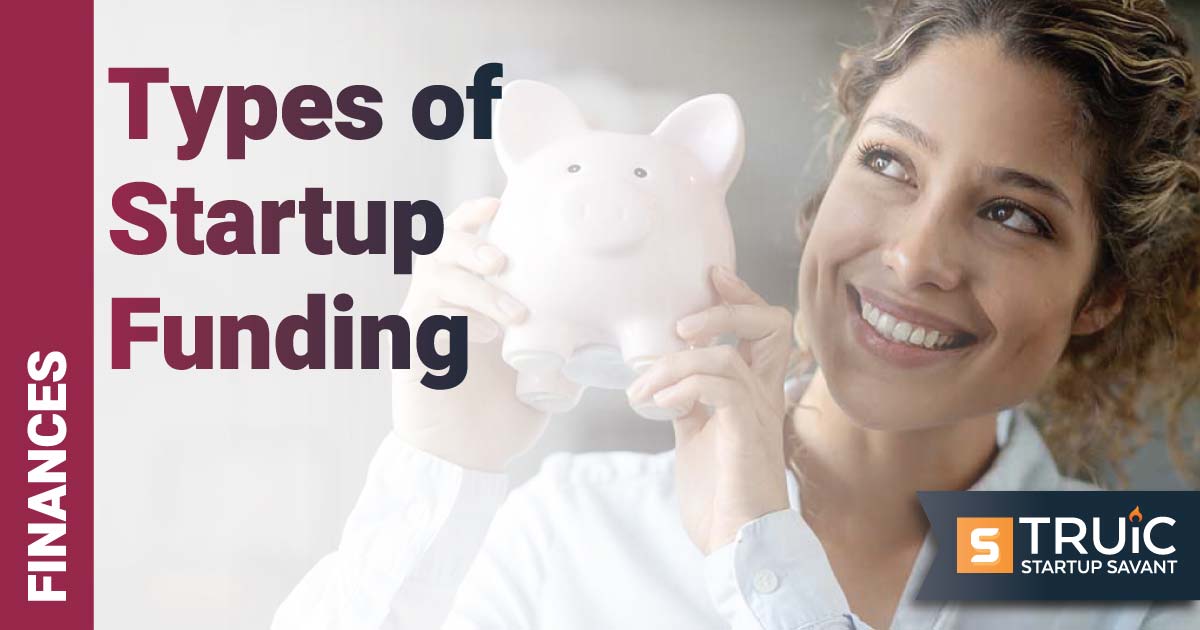What Is Series C Funding?

Last Updated: By Michaela Dale
Series C funding marks a pivotal phase for startups, aimed at scaling successful operations, entering new markets, and diversifying products, often in preparation for an IPO. Raising capital at this stage has several notable differences from earlier funding stages including raising from investors outside traditional venture capital firms.
While every startup is different in terms of when they should raise their Series C funding round and the steps to follow, this guide is the basics of Series C funding you should know as an entrepreneur.
Series C Funding Rounds Explained
As startups evolve, Series C funding emerges as a critical stage for companies poised for substantial growth. This series funding round is instrumental in scaling operations, expanding to new markets, diversifying product lines, or even funding acquisitions. Unlike seed funding or Series A and Series B funding, which focus on initial development and market entry, Series C is about scaling already successful models.
This is commonly the last startup funding the company will take in preparation for an initial public offering (IPO). However, some companies do opt to continue to Series D, E, and F funding rounds.
The type of investors startups take on during this funding stage may also differ. Series C funding rounds are raised by venture capital firms, investment banks, private equity firms, and even hedge funds – rather than depending on venture capital financing alone.
How much is Series C Funding?
The amount raised in a Series C funding round can vary significantly based on several factors, and there isn't a one-size-fits-all figure. However, these funding rounds are typically between $50 million to $100 million.
Several factors determine the amount raised in a Series C round:
- Company valuation
- Proven scalability and growth
- Market conditions
- Industry and sector
- Future funding expectations
When to Raise Series C Funding
Raising a Series C funding round is a significant milestone for startups, indicating a level of growth and success beyond the early stages of development. There are several key traits and indicators that suggest a startup might be ready for a Series C round:
- Proven Business Model: By this stage, the startup should have a well-established and proven business model. This means the company has demonstrated its ability to generate revenue and profit consistently.
- Market Leadership: Achieving a position of market leadership or a significant market share in their respective industry is a common trait of startups ready for Series C.
- Clear Path to Profitability or Profitability: While not all companies are profitable by Series C, there should be a clear path to profitability. If the company is already profitable, it’s an even stronger indicator of readiness.
- Solid Customer Base: A robust and growing customer base, with a focus on customer retention and increasing lifetime value, indicates a healthy, growing business.
Each startup is unique, and not all will exhibit these traits in the same way. The readiness for a Series C round also depends on market conditions, investor interest, and the specific goals and needs of the business.
How to Raise a Series C Funding Round
Raising a Series C funding round is a complex and strategic process that typically involves several key steps. Startups aiming to secure this level of funding need to have a solid foundation, a proven track record, and a clear vision for future growth. Here are the typical steps a startup might take:
1. Assess Readiness
Before seeking Series C funding, assess whether your startup meets the criteria typically expected at this stage, such as a proven business model, significant revenue growth, market leadership, and a strong customer base.
2. Develop a Strategic Plan
Outline what the funds will be used for. This could include expanding into new markets, increasing production capacity, acquiring other businesses, or further developing your product or technology. The plan should demonstrate how the investment will help the company grow and increase its value.
3. Prepare Detailed Financials
Before you can raise funds, you will need to present detailed financial statements and projections. Investors will want to see past revenue, profitability (or a clear path to profitability), cash flow, and detailed forecasts.
4. Determine Valuation of the Company
Get a clear understanding of your company's valuation. This will help in determining how much equity to offer in exchange for the investment.
5. Update Business Plan and Pitch Deck
Revise your business plan and pitch deck to reflect your current status, future projections, and how the Series C funds will drive growth. The pitch should be compelling, clearly articulating the unique value proposition and why the business is a sound investment.
6. Identify Potential Investors
Series C investors typically include venture capitalists, private equity firms, hedge funds, and sometimes larger institutional investors. Identify investors who have shown interest in your industry and who align with your company’s goals and values.
Seeking funding for your startup? Systematic connects startups and investors on one AI-powered platform. Get started today.
7. Engage With Existing Investors
Consult with existing investors. They can provide not only additional funding but also introductions to potential new investors and valuable advice on the fundraising process.
8. Network and Pitch to Potential Investors
This involves a lot of networking, meetings, and pitching. Tailor your pitch to each investor, highlighting aspects of your business that align with their interests and investment thesis.
9. Prepare for Due Diligence
Interested investors will conduct a thorough due diligence process. Be prepared to provide detailed information about your business, including finances, legal matters, business operations, customer base, and market analysis.
10. Negotiate Terms
Once an investor decides to proceed, the terms of the investment will be negotiated. This includes the amount of money invested, the equity offered, and other terms outlined in a term sheet.
11. Complete Legal Process and Closing
After agreeing on terms, legal documents are prepared and reviewed. This process involves lawyers from both sides and can take some time to finalize. Once everything is agreed upon, the deal is closed, and the funds are transferred.
Steps After Raising Series C Funding
After securing Series C funding, a startup should promptly communicate its success to its stakeholders and begin implementing its outlined growth strategies. This often involves expanding into new markets, scaling operations, and potentially making strategic acquisitions.
Key hires are crucial at this stage to support expansion, especially in areas like management, sales, marketing, and product development. You may also consider looking toward an IPO at this stage or assess whether additional funding will be required.
Frequently Asked Questions
What stage is Series C funding?
Series C funding is usually a startup's fourth stage of funding after seed, Series A, and Series B. This type of funding is usually raised during the growth stage, preparing the startup for profitability or to go public.
How risky is a Series C startup?
The risk associated with investing in a startup at the Series C stage is lower than in early-stage startups. By the time a startup reaches Series C, it has typically established a viable business model, achieved significant market traction, and shown the potential for sustainable growth. This reduces the risk compared to early-stage investments (like Series A or B), where business models and market fit are still being validated.
How long does it take to get from Series C to IPO?
It can take startups, on average, four to nine years to reach an IPO after raising their Series C funding round. However, this is going to vary significantly from startup to startup based on several factors including market readiness, market conditions, and financial performance.


